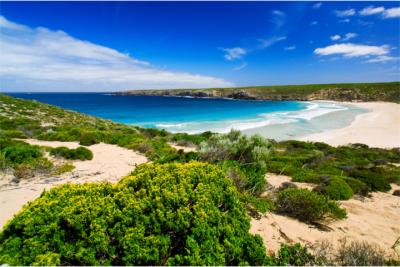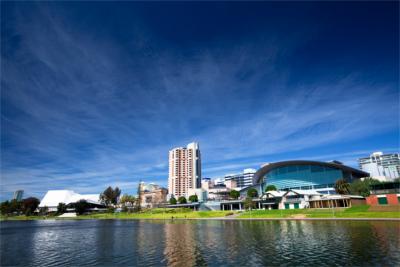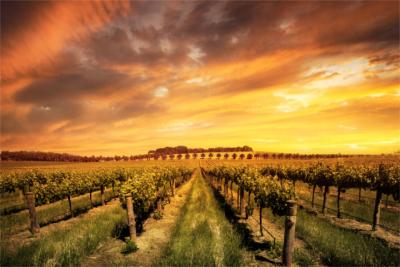Travel Offers
Travelmyne Featureprint
Distance
South Australia - Dry Desert and Fertile Wine Valleys
Vast, barren desert landscapes and partly dry salt lakes contrast with fertile wine valleys and green islands. Unique natural environments, which are worth exploring, meet in South Australia.
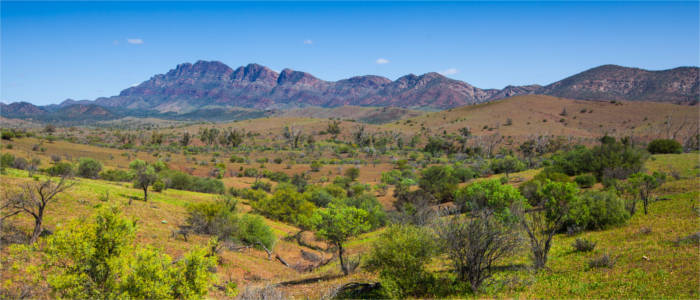
Geography - Australia's fourth largest state
With an area of 983,480 km², South Australia is the fourth largest state in Australia. Its capital Adelaide is the biggest city in the area and the fifth biggest on the continent. Five states border on the region: Western Australia, the Northern Territory, Queensland, New South Wales and Victoria. Geographical features are the Flinders Ranges, Kangaroo Island, the country's third largest island, and the Murray River, which issues into the Indian Ocean. The climate is mostly Mediterranean with hot, dry summers and mild winters and is one of the reasons why Australia's south is the driest area on the continent.
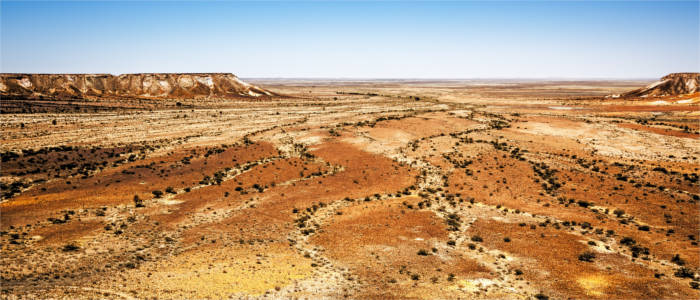
Nature - The dry north-west in contrast to the fertile south
The landscape in South Australia mainly consists of dry areas with poor vegetation. The region's southern tip is fertile and evergreen but the state's north and west accommodate vast desert regions such as the Nullarbor Plain. It is a vast, treeless karst desert, which contains the driest point in the whole of Australia. Great parts of the region are protected by the Nullarbor National Park. Another dry region in South Australia is the area around the Flinders Ranges, which accommodates several national parks and giant salt lakes like Lake Torrens or Lake Eyre. The latter is Australia's largest lake when it is completely filled with water. Its water level underlies fluctuations and depends on the rainy and dry season. It often happens that the major part of the water from the rainy season has already evaporated at the end of summer. This region forms a contrast to the fertile south with the Murray River, Mount Gambier, the Blue Lake, Yorke Peninsula and Kangaroo Island. The latter is the third largest island in Australia, has stunning sandy beaches as well as an impressive flora and fauna and is very popular with travellers. You can watch kangaroos, little penguins and pelicans in their natural habitat here.
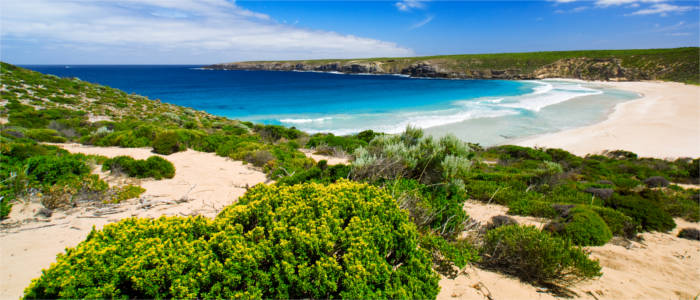
Culture - Festival City and a former German settlement
In contrast to the other Australian states, South Australia was not built by convicts but by voluntary settlers. They settled the region from 1836 on after South Australia became a British colony. The territory had already been discovered by a Dutch navigator 9 years earlier. The state's cultural highlight is the capital of Adelaide. Due to its numerous cultural events (e.g. Adelaide Festival, Adelaide Film Festival, Cabaret Festival, Feast Festival), it is also called the "Festival City". "City of Churches" is another name given to the South Australian metropolis as it contains countless churches. The South Australian Museum (a natural history museum) with its unique fossil finds is another popular tourist destination. Another cultural attraction in South Australia is the town of Hahndorf. It was founded by German settlers and accommodates interesting sights such as a historical mill, the German Arms Hotel and Haebich's Cottage as well as German bakeries.
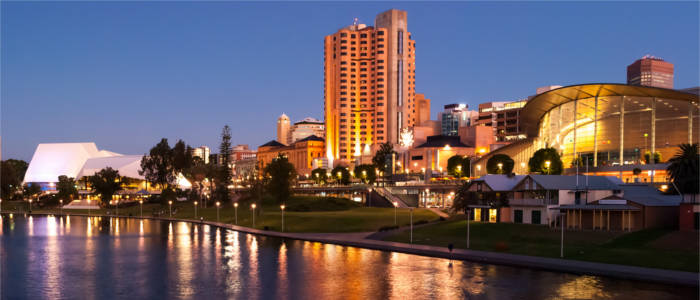
Experience - Wine-growing in the Barossa Valley
A visit to the Barossa Valley is a must for many tourists. The fertile valley is known for its excellent wines, which are particularly popular with connoisseurs. The cultural landscape with its idyllic houses and trim gardens reminds of Central Europe, which is not very surprising. German settlers once took up residence here and founded the local wine-growing. The cultivation of fruit, vegetables and wine is one of the region's most significant economic sectors. More than half of the wines which are produced in Australia come from the areas around Adelaide, the Limestone Coast and the Murray River. That is why the state is also referred to as the "Wine State".
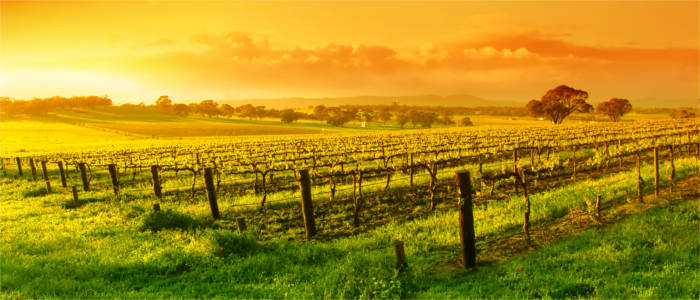
Activities - Swimming with dolphins and playing golf in the desert
Travellers can go on extraordinary adventures in South Australia's nature. Around Eyre Peninsula you can swim with dolphins, sea lions and tunas, watch whales and see great white sharks in a cage, while you can go surfing at Catus Beach. South Australia's coast generally offers great conditions for doing all kinds of water sports. Another leisure activity is a bushwalk through the Australian outback. The Flinders Ranges are a unique hiking location with numerous gorges, steep faces and granite peaks. The desert town of Coober Pedy is also worth a visit. It is mainly known for its opals and its underground flats and hotels. Special attractions for golfers are the desert golf courses. They offer a memorable sight under the starlit sky and with glow-in-the-dark golf balls.
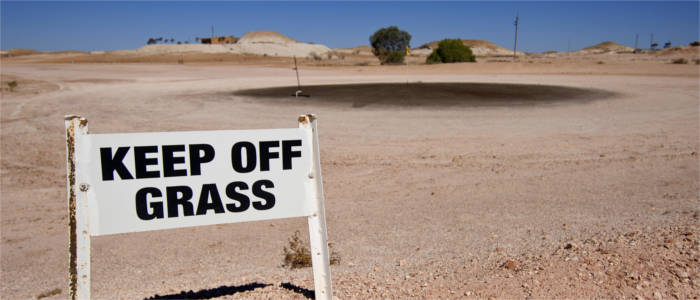
Information
The best time for travelling South Australia's coasts are the spring, summer and autumn (October to April). Holidaymakers best explore the Australian outback in the north and west in spring (September to November) and autumn (March to April). The daily temperatures are not as stifling as in summer at this time and the nights are not as cold as in winter.
South Australia is an extraordinary holiday destination for adventurers, lovers of nature and active holidaymakers. Whether you want to hike in the outback, swim with dolphins, watch kangaroos or play golf in the desert - South Australia makes many travellers' dreams come true.

